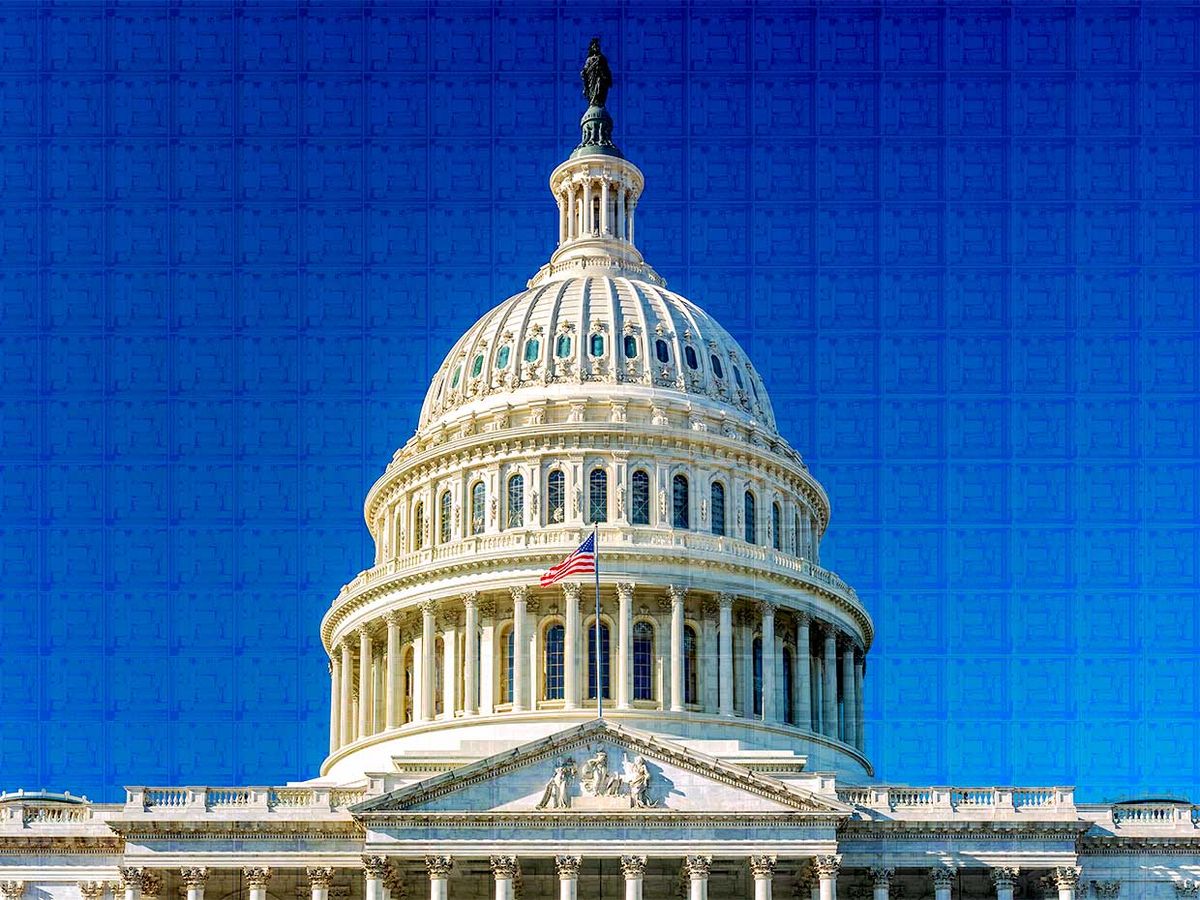The United States Congress is considering new legislation that could change the structure of the National Science Foundation (NSF), the agency responsible for funding much of the U.S.'s research. This could cause a major shift in how NSF allocates its research funding—and it's a shift that could impact tech research.
One chamber of Congress, the Senate, is currently the debate floor for the what was previously known as the Endless Frontier Act, recently rebranded as the U.S. Innovation and Competition Act. Although not all of its proposed funding will go to research, the Senate bill is worth on the order of US $100 billion—several times larger than NSF's current budget.
Importantly, that money isn't going to defense-related spending. According to Russell T. Harrison, IEEE's Director of Government Relations, “It's targeted in parts of the federal budget that are traditionally not especially big," including agencies such as the National Institute of Standards and Technology (NIST), the Department of Energy's Office of Science, and the NSF.
The NSF would play host to the bill's centerpiece: a new “Technology Directorate" with its own independent funding stream. It would get the lion's share of Endless Frontier's funding, and that funding would be, for now, mandated to go into research for certain technologies.
In fact, it would be limited to research in ten delineated, if broad, research areas: high-performance computing, quantum computing, disaster mitigation, biotechnology, energy technology, semiconductors, robotics and automation, advanced communication (such as 5G), cybersecurity, and, in Harrison's words, “anything else that's necessary to do the other nine things."
There is some flexibility: It's possible, in time, to change one area out for another not on the list. And NSF would still be able to back broader research as it does now, deciding which fields get what funds. But these limitations would mark a drastic shift in how NSF operates. It “is Congress's way of telling NSF, 'You need to prioritize these ten areas of research,'" says Harrison.
It's not coincidence that those engineering- and technology-heavy fields are some of the same fields that consistently make headlines. Indeed, in the Senate, lawmakers are selling the bill as a measure of bolstering U.S. research against the specter of China.
But outside the scope of research, some lawmakers who otherwise support science funding have spoken out that it might add more fuel to the fire of Sinophobic racism. Others are concerned that the Act's funding targets for NSF are simply unrealistic.
Partly for those reasons, over in the other chamber, the House of Representatives, some lawmakers are spearheading another proposal, branded the NSF for the Future Act. It's more modest in scope, primarily refreshing and renewing NSF's funding.
Of course that would still give NSF a boost, also ensuring that NSF's yearly allocation increases to account for inflation. And Endless Frontier notwithstanding, this “is, really, the first comprehensive reauthorization of NSF in more than ten years." according to Mark Elsesser, Director of Government Affairs for the American Physical Society (APS).
And the NSF for the Future Act creates a new directorate within NSF, called “Directorate for Science and Engineering Solutions." But unlike the Endless Frontier Act, this directorate wouldn't necessarily have a technology focus, and wouldn't have a mandate for its funding to go into particular fields.
This bill would require NSF's director to pinpoint a few “focus areas." In the process, the director would need to take into account “societal challenges" such as climate change, socioeconomic inequality—and, still picking at Endless Frontier's strings, U.S. global competitiveness and national security.
The APS hasn't taken a public stance on the Endless Frontier Act, but they have endorsed the NSF for the Future Act. “It's really, in our view, a balanced approach," says Elsesser. “You're establishing something new...but at the same time recognizing what some consider the bread and butter of NSF: that fundamental, curiosity-driven research."
But the rebranded Endless Frontier Act has also been introduced in the House of Representatives. So the NSF for the Future Act will now have to compete with the Senate bill to determine which bill—or more likely, which combination of bills—the House favors.
“It is probably going to be the Endless Frontier Act with some of [the NSF for the Future Act] added to it," predicts Harrison, “but there's still a fight over it."
Any bill that becomes law will have to pass both the Senate and the House. And with NSF's broad support, this is one of the few bills that is expected to easily pass both chambers in some form. So, in the process, lawmakers might therefore try to attach all manner of bits and bobs to the bill, even those that have little to do with science.
Therefore, while advocates push lawmakers to include all kinds of reforms—attempting to help such things as diversifying STEM to addressing the helium shortage that's plagued low-temperature research in recent years—it's too soon to know for certain what exactly the law will mean for individual researchers.



